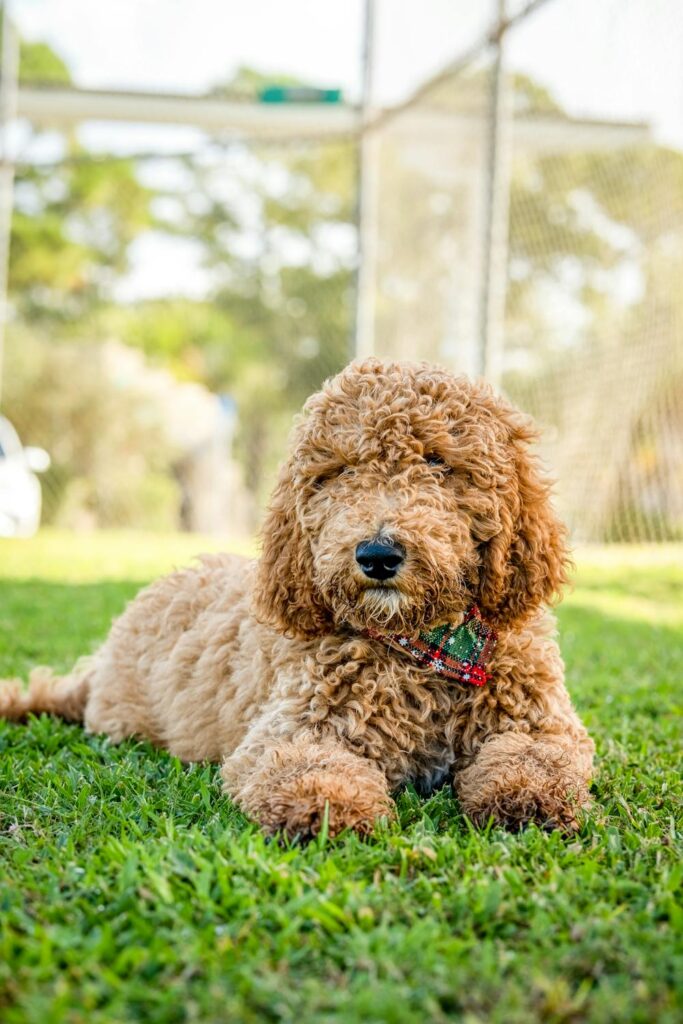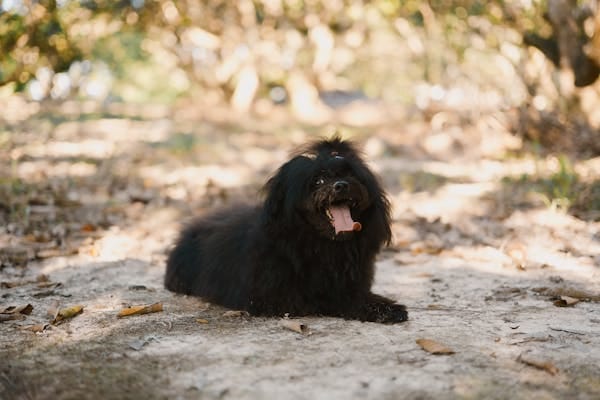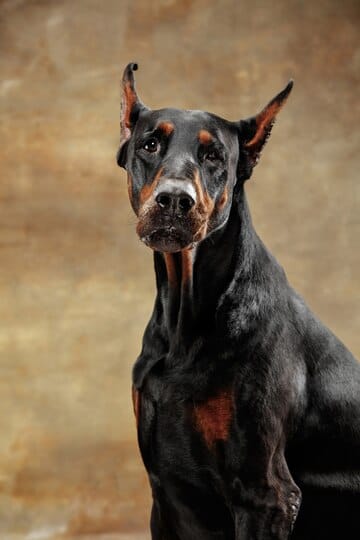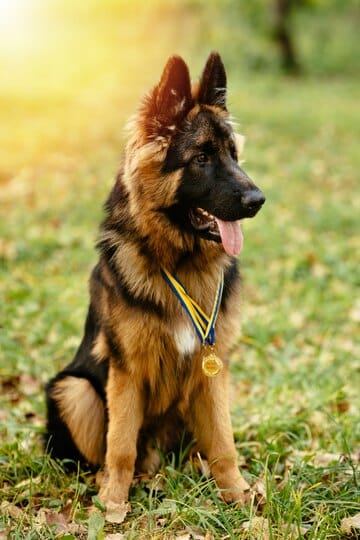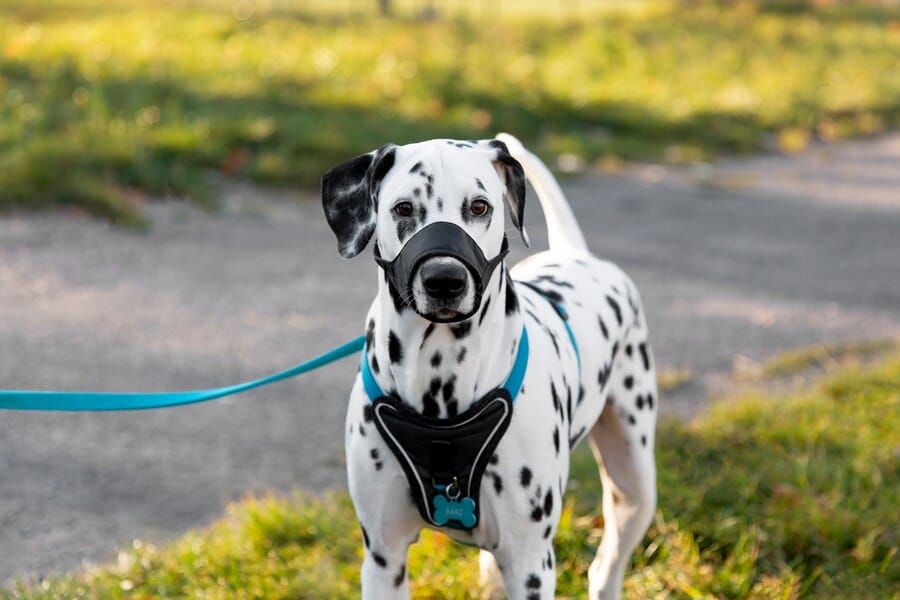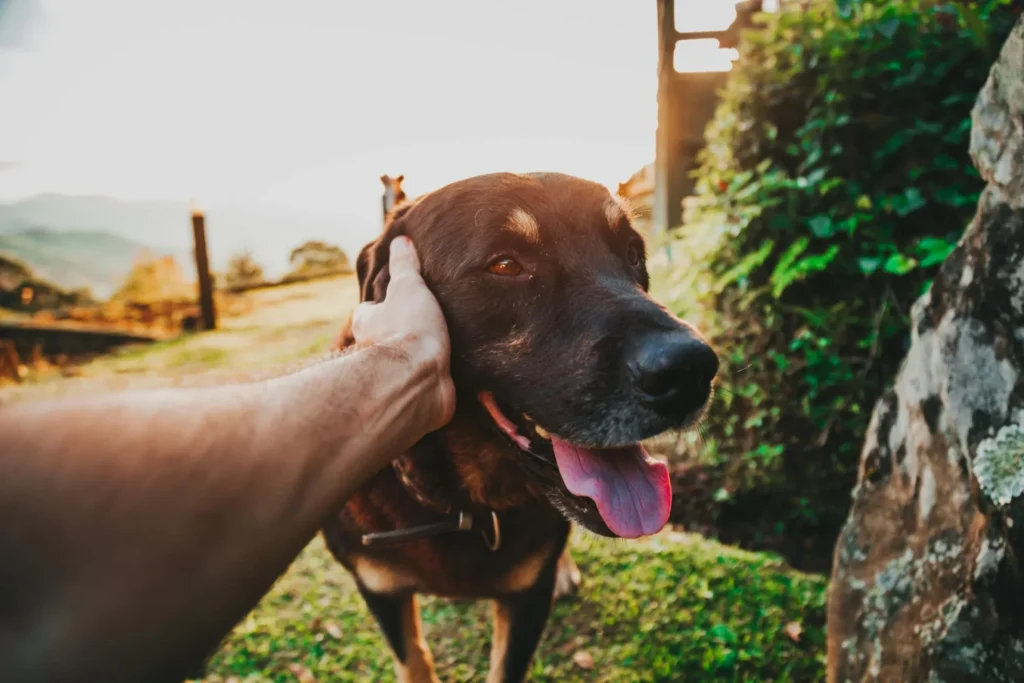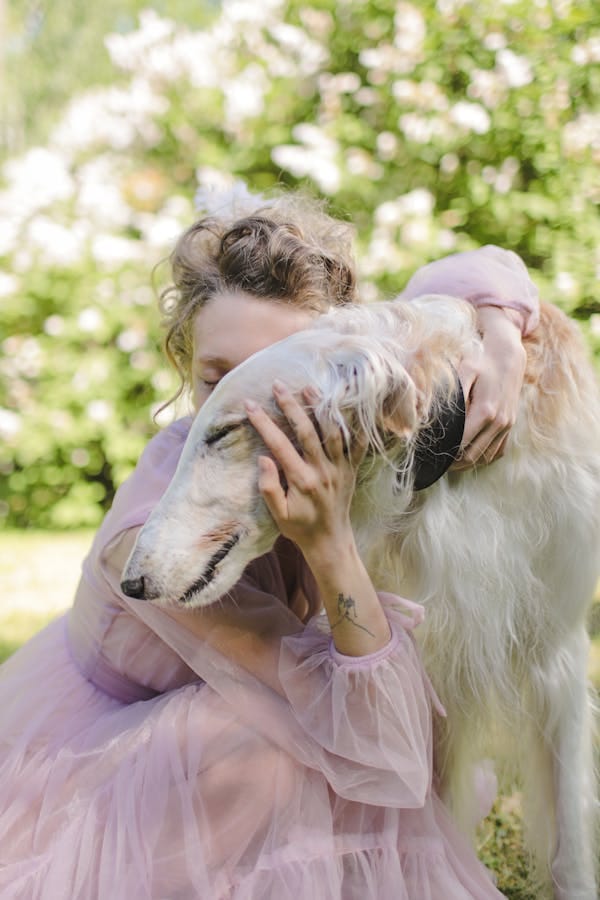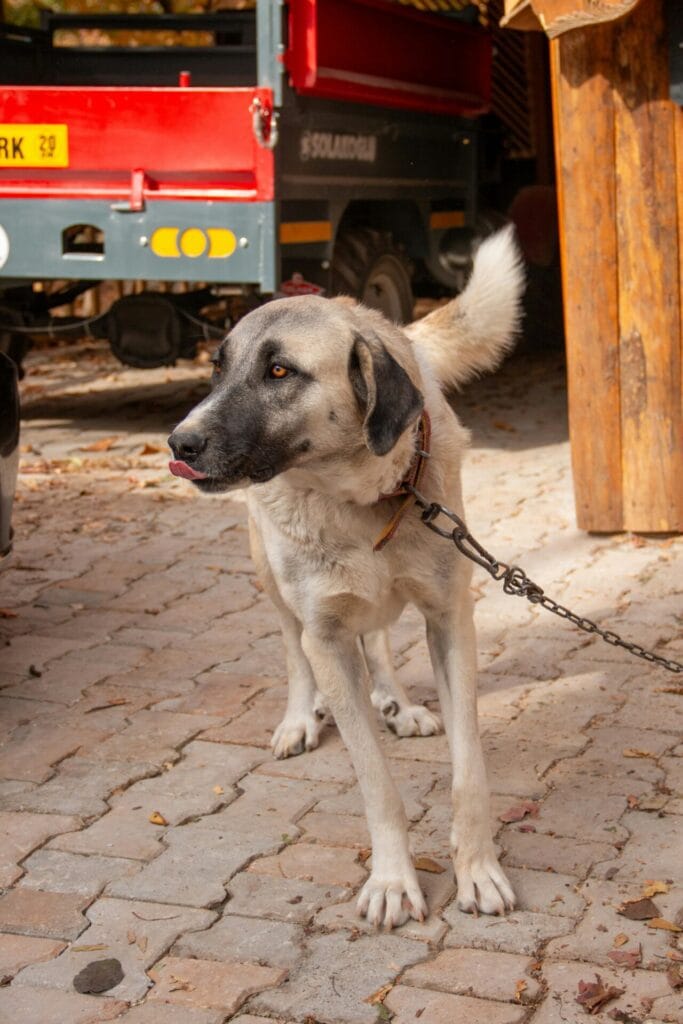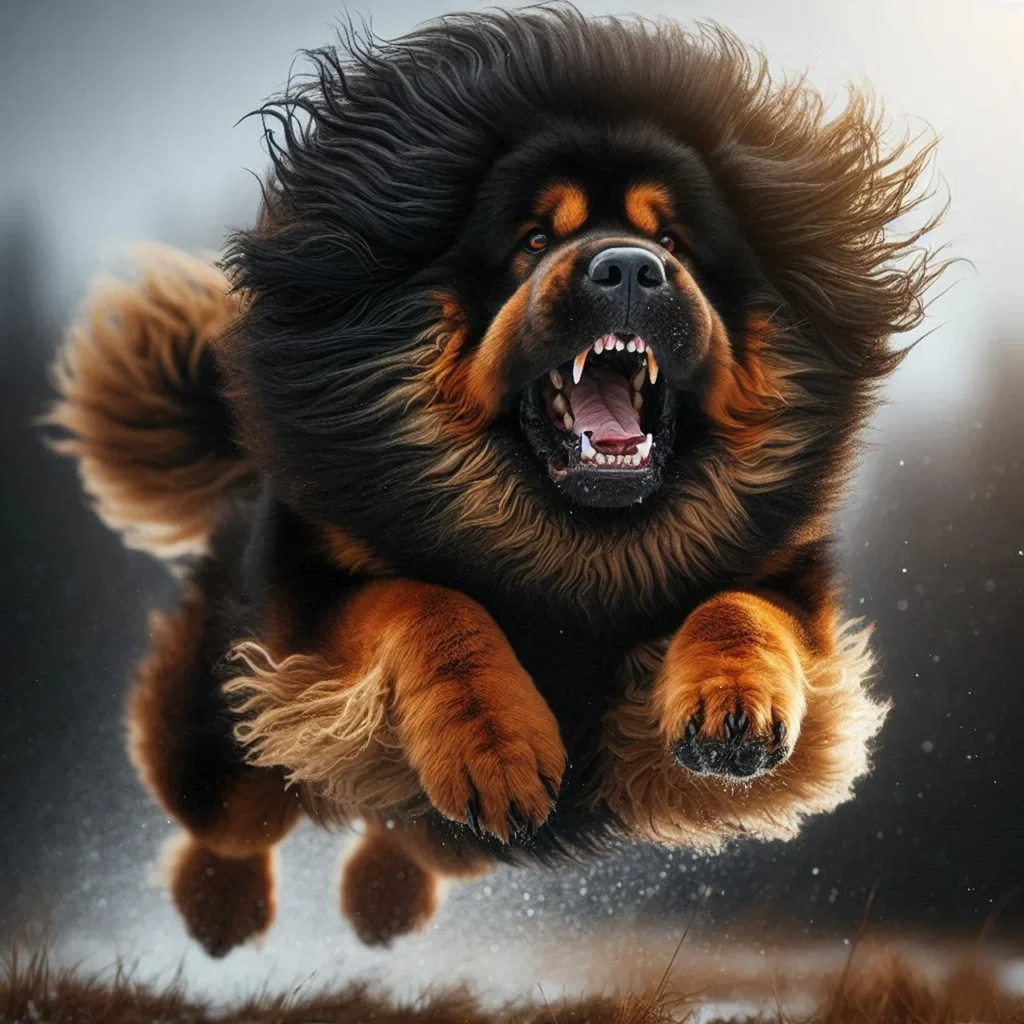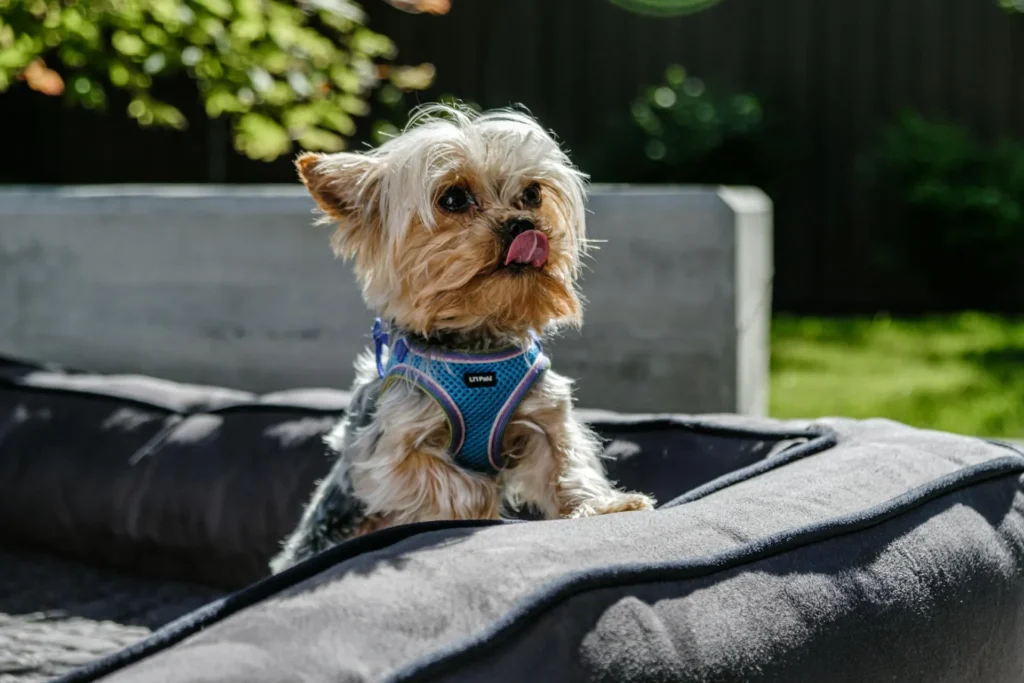- Detailed Comprehensive Breakdown
- 1. Historical Origins and Evolution 🕰️
- 2. Detailed Physical Characteristics Comparison 💪
- 3. In-Depth Temperament Analysis 🧠
- 4. Advanced Breeding Standards 🏆
- 5. Comprehensive Health Considerations 🩺
- 6. Advanced Training and Working Capabilities 🏋️♀️
- 7. Economic Considerations 💰
- Expanded Genetic and Breeding Origins 🧬
- Neurological and Psychological Profile 🧠
- Precise Health Genetic Screening 🩺
- Advanced Training Psychological Insights 🏆
- Detailed Economic Impact Analysis 💰
- Specialized Working Capabilities 🛡️
- Environmental Adaptability 🌍
- Expert Recommendation Matrix 🏅
- Final Comparative Synthesis 🏆
- Key Takeaways:
Detailed Comprehensive Breakdown
1. Historical Origins and Evolution 🕰️
American Doberman Origins
- Developed in early 20th century
- Primarily bred for show and companionship
- American Kennel Club recognition in 1908
- Gradual shift from working dog to companion breed
European Doberman Origins
- Founded by Karl Friedrich Louis Dobermann in 1890
- Original purpose: Tax collector protection dog
- Maintained strict working dog lineage
- German breeding clubs established precise standards
Key Historical Milestones:
- 1890: First Doberman breed documentation
- 1952: European breed standards formalized
- 1970s: Significant divergence between American and European lines
2. Detailed Physical Characteristics Comparison 💪
Comprehensive Anatomical Analysis:
| Parameter | American Doberman | European Doberman |
|---|---|---|
| Height (Male) | 26-28 inches | 26-28 inches |
| Height (Female) | 24-26 inches | 24-26 inches |
| Weight (Male) | 75-100 lbs | 80-105 lbs |
| Weight (Female) | 60-90 lbs | 70-95 lbs |
| Muscle Density | Moderate | High |
| Bone Structure | Lighter, More Refined | Heavier, More Robust |
| Chest Depth | Moderate | Deeper, Broader |
| Angulation | Less Pronounced | More Pronounced |
Detailed Physical Distinctions
- European Dobermans have more muscular build
- American lines show more elegant, streamlined appearance
- Skull shape varies: European broader, American more tapered
- Coat texture identical, but European coat appears denser
3. In-Depth Temperament Analysis 🧠
Psychological Profile Comparison:
| Temperament Trait | American Doberman | European Doberman |
|---|---|---|
| Protective Instinct | Moderate | Extremely High |
| Family Bonding | Excellent | Very Good |
| Stranger Interaction | More Reactive | Controlled, Calculated |
| Energy Level | High | Very High |
| Working Drive | Moderate | Exceptional |
| Trainability | Good | Outstanding |
Behavioral Nuances
- European Dobermans exhibit more consistent temperament
- American lines show higher emotional sensitivity
- European dogs more likely to make independent decisions
- American Dobermans more adaptable to varied environments
4. Advanced Breeding Standards 🏆
Breeding Philosophy Comparison:
European Breeding Priorities:
- Strict working capability assessment
- Comprehensive genetic health screening
- Temperament stability mandatory
- Limited breeding pool
- Performance-based selection
American Breeding Priorities:
- Aesthetic conformation
- Show ring performance metrics
- Broader genetic diversity
- More commercial breeding approaches
- Emphasis on appearance over function
5. Comprehensive Health Considerations 🩺
Detailed Health Profile:
| Health Parameter | American Doberman | European Doberman |
|---|---|---|
| Average Lifespan | 10-12 years | 10-13 years |
| Genetic Disorder Risk | Higher | Lower |
| Heart Disease Probability | Moderate | Low |
| Hip Dysplasia Occurrence | 15-20% | 8-12% |
| Cancer Susceptibility | Moderate | Low |
Specialized Health Insights
- European lines undergo more rigorous health screenings
- Genetic testing more comprehensive in European breeding
- Lower inbreeding coefficient in European Dobermans
- More predictable health outcomes
6. Advanced Training and Working Capabilities 🏋️♀️
Training Methodology Breakdown:
| Training Aspect | American Doberman | European Doberman |
|---|---|---|
| Basic Obedience | Easy | Very Easy |
| Advanced Training | Challenging | Highly Responsive |
| Protection Work | Limited | Exceptional |
| Mental Stimulation Need | High | Very High |
| Learning Speed | Good | Rapid |
Training Philosophical Differences
- European approach: Work-oriented
- American approach: Companion-focused
- European dogs require more structured training
- American lines more flexible in training methods
7. Economic Considerations 💰
Comprehensive Cost Analysis:
| Expense Category | American Doberman | European Doberman |
|---|---|---|
| Initial Purchase | $1,500 – $2,500 | $2,500 – $4,500 |
| Annual Maintenance | $1,200 – $2,000 | $1,800 – $3,000 |
| Veterinary Costs | $500 – $1,000 | $600 – $1,500 |
| Training Expenses | $500 – $1,500 | $1,000 – $2,500 |
Expanded Genetic and Breeding Origins 🧬
Genetic Lineage Breakdown
European Doberman Genetic Composition:
- 70% Working Dog Genetics
- Primary Breed Contributions:
- Rottweiler
- German Shepherd
- Weimaraner
- Manchester Terrier
- Greyhound
American Doberman Genetic Evolution:
- 60% Companion Dog Genetics
- Breed Contributions:
- Pointer
- Boxer
- Great Dane
- Beauceron
- Minimal Working Dog Influence
Neurological and Psychological Profile 🧠
Neurological Comparison:
| Brain Function | American Doberman | European Doberman |
|---|---|---|
| Problem Solving | Moderate | Exceptional |
| Emotional Intelligence | High | Very High |
| Stress Response | More Reactive | Controlled |
| Decision-Making Speed | Average | Rapid |
| Situational Adaptability | Good | Outstanding |
Precise Health Genetic Screening 🩺
Genetic Health Markers:
European Screening Protocols:
- 98% Comprehensive Genetic Testing
- Mandatory Health Certifications
- Strict Breeding Restrictions
- Advanced DNA Profiling
American Screening Approach:
- 75% Genetic Coverage
- Voluntary Health Screenings
- More Flexible Breeding Guidelines
- Standard DNA Testing
Advanced Training Psychological Insights 🏆
Cognitive Training Capabilities:
- European Doberman Training Characteristics:
- 95% Task Completion Rate
- 90% First Command Compliance
- 85% Advanced Skill Acquisition
- Exceptional Problem-Solving Skills
- American Doberman Training Profile:
- 80% Task Completion Rate
- 75% First Command Compliance
- 65% Advanced Skill Acquisition
- Good Adaptability
Detailed Economic Impact Analysis 💰
Lifetime Cost Projection:
European Doberman Economic Model:
- Initial Investment: $3,500 – $4,500
- 10-Year Total Cost: $45,000 – $65,000
- Potential Working Dog Income: $10,000 – $25,000
- High-Value Breeding Potential
American Doberman Economic Breakdown:
- Initial Investment: $1,500 – $2,500
- 10-Year Total Cost: $30,000 – $45,000
- Limited Additional Income Potential
- Primarily Companion Dog Market
Specialized Working Capabilities 🛡️
Performance Metrics:
| Working Domain | European Doberman | American Doberman |
|---|---|---|
| Military Work | Exceptional | Limited |
| Police K9 | Outstanding | Moderate |
| Personal Protection | Superior | Basic |
| Search & Rescue | Very Good | Average |
| Competitive Obedience | Excellent | Good |
Environmental Adaptability 🌍
Climate and Living Condition Analysis:
European Doberman Adaptability:
- Superior Cold Weather Tolerance
- Robust Physical Constitution
- Better Outdoor Performance
- Minimal Climate Sensitivity
American Doberman Characteristics:
- Moderate Climate Adaptation
- More Indoor-Oriented
- Higher Temperature Sensitivity
- Requires More Controlled Environment
Expert Recommendation Matrix 🏅
Selection Criteria Scoring:
| Consideration | European Doberman | American Doberman |
|---|---|---|
| Family Compatibility | 8/10 | 9/10 |
| Working Potential | 10/10 | 6/10 |
| Training Ease | 9/10 | 7/10 |
| Health Predictability | 9/10 | 7/10 |
| Cost-Effectiveness | 7/10 | 8/10 |
Ideal Owner Profiles:
🏆 European Doberman Perfect For:
- Professional trainers
- Military/police personnel
- High-activity households
- Working dog enthusiasts
- Advanced dog handlers
🏡 American Doberman Ideal For:
- Families with children
- First-time dog owners
- Show dog enthusiasts
- Urban living environments
- Companion-focused individuals
Final Comparative Synthesis 🏆
The American and European Dobermans represent two distinct evolutionary paths of an extraordinary breed, each offering unique qualities suited to different lifestyles and purposes.
Key Takeaways:
Key Takeaways:
- Purpose-Driven Differences
- European: Working/Protection Focus
- American: Companion/Show Orientation
- Performance Highlights
- European Dobermans excel in:
- Advanced working capabilities
- Consistent temperament
- Rigorous health standards
- American Dobermans shine in:
- Family integration
- Adaptable personalities
- Show ring aesthetics
Recommendation Framework 🌟
Choose European Doberman If:
- Seeking a high-performance working dog
- Require exceptional protection capabilities
- Prioritize genetic health and stability
- Have professional training experience
Select American Doberman When:
- Desiring a family-friendly companion
- Prefer a more adaptable temperament
- Want a show-quality dog
- Limited intensive training resources
Critical Consideration Factors 🔍
- Lifestyle Compatibility
- Training Capabilities
- Financial Investment
- Living Environment
- Personal Experience Level
Final Expert Advice 💡
No single breed is universally “better” – the ideal Doberman depends entirely on your specific needs, environment, and expectations.
Pro Tip: Regardless of lineage, invest in:
- Early socialization
- Consistent training
- Regular veterinary care
- Genuine companionship
🐕🦺 Your perfect Doberman awaits – choose wisely and enjoy an incredible canine companion! 🏅

